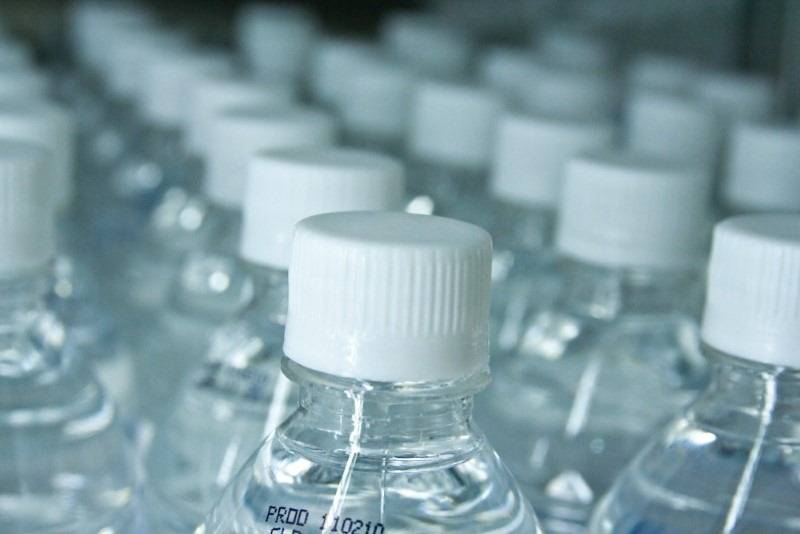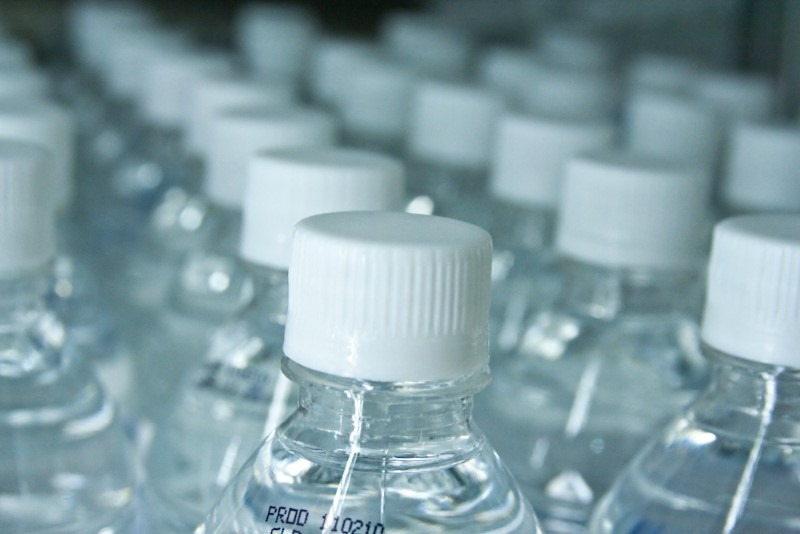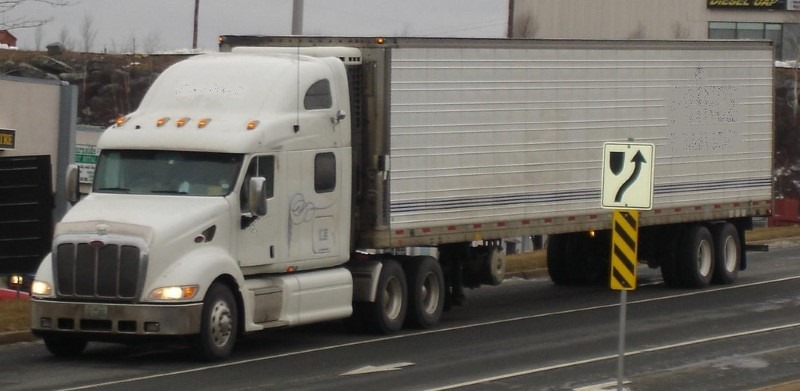8 REASONS TO DUMP BOTTLED WATER
It’s really a little nuts when you think about it. Companies are making billions by selling something that’s free (or very cheap) to the public in many places. In the developed world, tap water is very safe to drink, and in many cases, safer than bottled water. Many people worry about ingesting the chlorine or fluoride that’s commonly found in tap water, but there are filters available that remove those additives. Even at-home distillation of drinking water is an option these days, and that’s a process that removes virtually every additives and contaminants. In the long run, consumers can save money by investing in a filter or distiller instead of lugging home cases of plastic bottles filled with plain old water every week. Here are eight good reasons to stop using bottled water in your home.
1. IT’S A JOKE
Seriously, big mega-corporations like Coca-Cola, Pepsi, and Nestle are cashing in big time (bottled water sales account for $60 billion world-wide!) by selling plain water to consumers. Many people don’t seem to realize that there is nothing “special” about many of the brands of bottled water on the market, and in some cases, it is simply tap water in plastic bottles with pictures of pretty places on them. As consumers, this joke is on us!
2. IT’S EXPENSIVE
If you take the time to do the math, you will find that bottled water is more expensive than gasoline! Right now in some countries people are paying a little over $3 for a gallon of gasoline, and in many other countries it is much more expensive. With 128 fluid ounces in a gallon, that works out to about 2 cents per gallon. Bottled water, on the other hand, can be purchased in a 20-ounce bottle for around a $1 in the U.S. That works out to about 5 cents per ounce which is 3 cents more than gasoline, which has to be pumped from the ground in the form of crude oil, refined into gasoline and then shipped to distributors. Sure, you can get bottled water cheaper when you buy in bulk, which you may able to get at a price comparable to gasoline, but that’s still no bargain considering you’re buying something that you can normally get virtually for free.
3. PLASTIC WASTE
You may not realize it, but plastic can take up to a thousand years to degrade in the environment. And even when it does degrade, that can’t be considered much of a win for the environment, since the process can release the toxic materials that were used to manufacture the bottle. Although recycling helps, it is estimated that some 2 millions tons of plastic bottles end up in U.S. landfills every year. Not to mention the vast “islands” of plastic waste that floats around in the world’s oceans.
4. LESS REGULATED
Although drinking water from the tap in the United States is regulated by the Environmental Protection Agency (EPA), bottled water is regulated by the Food and Drug Administration (FDA) which has less stringent criteria. The end result is that tap water is probably safer to drink than the bottled water found in the supermarket. If the quality or taste of your tap water is a concern, a high-quality filter will likely make it more safe to drink than bottled water.
5. HEALTH CONCERNS
Although big companies are slow to recognize the dangers of storing food and drinks in plastic containers, it’s well-known that many plastics leech potentially harmful materials into the contents, creating health risks that are not yet fully understood. Harmful compounds called phthalates are one potential danger that could be leeching into drinking water bottles and putting consumers at risk.
6. WASTED ENERGY
The manufacture of plastic bottles involves the use of petroleum products, which are also used when the product is moved from the bottling company to a warehouse, and then on to a retail outlet. During a time when we are all paying more for fuel, it seems silly to be wasting it by using it to make plastic bottles for water and move it around the country and the world. The bottle–manufacturing process also creates pollution and waste, which isn’t at all helpful to the environment. Each and every week, trucks are transporting bottled water around the Ghana One wonders how much pollution that spews into the atmosphere.
7. PRICEY TAP WATER
As much as 40 percent of bottled water sold in the United States is likely to be simple tap water. Tap water costs significantly less than 1 cent per gallon on average, so how foolish does it seem to be buying bottled tap water for 5 cents per gallon? Check bottled water labels for things such as “from a municipal source” or “community water system,” which translates to “this is just tap water in a pretty bottle.”
8. SAFE WATER FOR ALL?
Not quite. Roughly one in six people on the planet do not have safe drinking water, and about 3,000 children per day die from diseases related to unsafe drinking water. the money people spend on bottled water in a single year could probably accomplish a lot when it comes to making drinking water safe in less developed countries or even to improve crumbling infrastructure right here at home.










